Surgery to remove veins for varicose veins

specialists

equipment

treatment
Contraindications
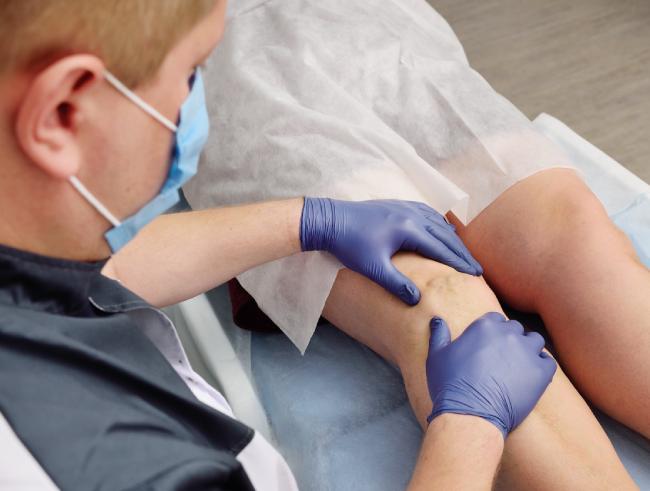
Sometimes surgery to remove varicose veins is considered dangerous or ineffective. Contraindications include:
- Local and systemic infectious and inflammatory processes. Any current infectious diseases (for example, pneumonia, bronchitis) and local inflammatory processes in the area of the planned intervention make the operation risky. This is because the immune system is already weakened. That is, additional load increases the risk of complications
- Decompensated diseases of organs and systems. Such pathologies require preliminary stabilization of the condition
- Deep vein thrombosis. Intervention on the veins can provoke the detachment of a blood clot and the development of pulmonary embolism (PE)
- Pregnancy. Local anesthesia used during surgery can negatively affect the development of pregnancy
- Stenotic diseases of the arteries of the lower extremities. Compression hosiery, which is used in the postoperative period, can negatively affect existing problems of the arteries of the lower extremities
- Impaired walking function in various pathologies of the musculoskeletal system, as well as after a stroke. Physical activity in the postoperative period is very important, this is the prevention of the development of postoperative thrombosis
- Obesity. It is a relative contraindication to surgery. Excess body weight increases the risk of postoperative complications and contributes to the recurrence of varicose veins
Another contraindication is allergic reactions to anesthetics.
Types of operations to remove varicose veins
Today, there are thermal (temperature) and non-thermal methods of surgical treatment of varicose veins. The gold standard of treatment is thermal techniques. These include EVLO/EVLK (Endovasal laser obliteration/endovasal laser coagulation) and RFA (Radiofrequency ablation). The techniques are very similar, distinguished by the equipment used. Also, thermal techniques can be supplemented with miniphlebectomy or sclerotherapy, it all depends on the prevalence of varicose veins.
Sclerotherapy and transcutaneous laser are often used to treat small spider veins (telangiectasias). During sclerotherapy, a sclerosant (special solution) is injected into the affected vessel.
It causes the walls of the vessel to stick together. This leads to the closure of the lumen of the vessel and its subsequent disappearance. The doctor performs the procedure under visual control - it does not require anesthesia.
One of the most effective methods of treating varicose veins is a transcutaneous (percutaneous) laser. In the process, laser energy is directed through the skin directly to the vessel. Laser light causes thermal damage to the vascular wall. This leads to the closure of the vessel without damaging surrounding tissue.
Comparison table for treatment methods for varicose veins:
| Method | Operating principle | Anesthesia | Recovery | Scars | Additional Features |
|---|---|---|---|---|---|
| Endovenous laser obliteration (EVLO) | The laser light guide heats the walls, causing coagulation | Local | 0-1 day | No | Ultrasonic inspection, high precision |
| Radiofrequency ablation (RFA) | Radiofrequency waves heat the walls, causing it to close | Local | 0-1 day | No | Ultrasound guidance, minimally invasive |
| Sclerotherapy | The introduction of a sclerosant causes the walls of blood vessels to stick together and disappear. | Local (if necessary) | 0-1 day | No | Effective for small spider veins |
| Transcutaneous laser | The laser acts on blood vessels through the skin, removing them without damaging tissue | Local (if necessary) | 0-1 day | No | High cosmetic result |
Diagnosis of varicose veins
Modern diagnostic methods make it possible to determine the degree of venous disease, the location of the affected areas and the state of blood flow.
Advantages of varicose veins removal at the K+31 clinic
One of the main advantages of treatment at the K+31 clinic is the high level of expertise. We employ vascular surgeons with extensive experience and high qualifications. Our specialists regularly undergo training and certification according to international standards. This guarantees a high level of medical care.
Additional advantages:
- Recognition and awards. Clinic “K+31” has been awarded prestigious awards (2GIS award and “Good place” according to Yandex)
- Individual approach. We offer each patient an individual treatment program based on a thorough diagnosis and taking into account all the characteristics of the body
Another advantage of ours is the affordable cost of the intervention. The price of surgery for varicose veins of the lower extremities in our clinic is average in Moscow. In addition, customers are often provided with discounts and promotional offers.
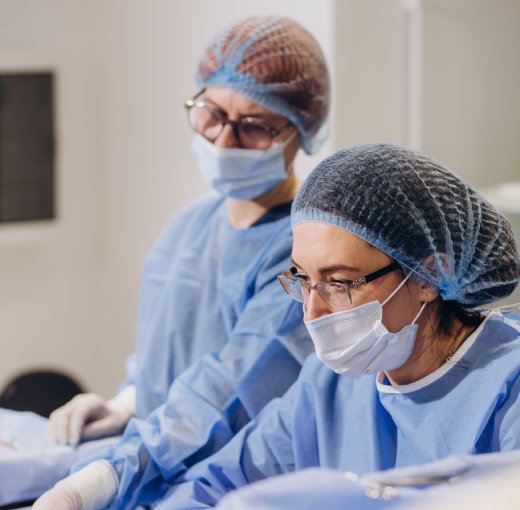
Answers to popular questions
Doctors at the K+31 Medical Center answered the most common questions about vascular treatment.
Do I need to wear compression stockings after leg surgery?
How often should you wear compression stockings?
Compression hosiery of compression class 2 should be worn daily. This helps improve venous outflow and reduce the intensity of postoperative symptoms.
During pregnancy, its use requires caution, since changes in blood circulation can negatively affect the effect of wearing it.
How to prepare for surgery?
How to relieve symptoms at home?
What to do if veins swell and spider veins appear during pregnancy?
Varicose veins during pregnancy develop against the background of hormonal changes. After childbirth, the woman’s condition returns to normal. Treatment in this case involves laser therapy or sclerotherapy. For the prevention and treatment of varicose veins during pregnancy, it is recommended:
- Wear compression garments that support blood vessels and improve blood circulation
- Avoid prolonged standing or sitting with lowered limbs (when lying down, it is useful to keep your legs elevated)
- Go for short walks more often (this is necessary to stimulate blood circulation)
If alarming symptoms appear (these should include severe pain and swelling), you should contact a phlebologist.
What is sclerotherapy and when should it be done?
How to avoid complications?
What can be done for prevention?
Is it possible to avoid varicose veins during sedentary work?
What role does uncomfortable posture play in the development of the disease?

This award is given to clinics with the highest ratings according to user ratings, a large number of requests from this site, and in the absence of critical violations.

This award is given to clinics with the highest ratings according to user ratings. It means that the place is known, loved, and definitely worth visiting.

The ProDoctors portal collected 500 thousand reviews, compiled a rating of doctors based on them and awarded the best. We are proud that our doctors are among those awarded.
Make an appointment at a convenient time on the nearest date
Other services

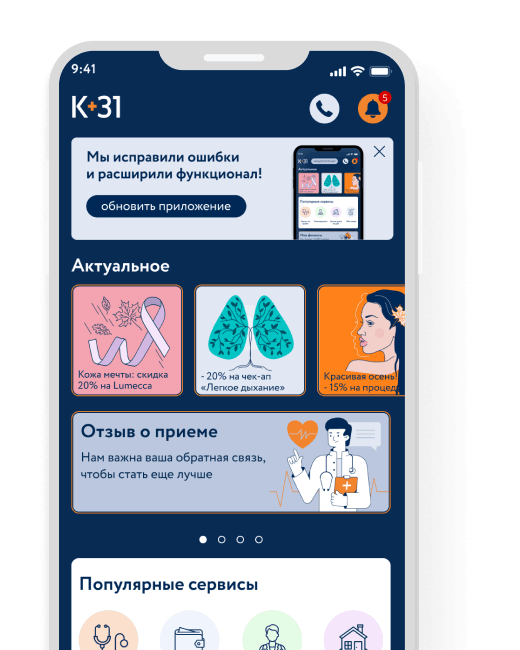
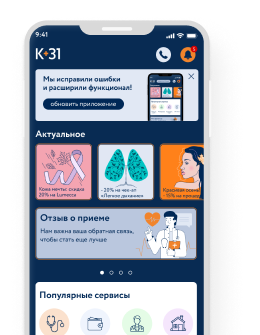



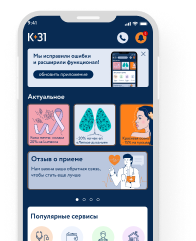
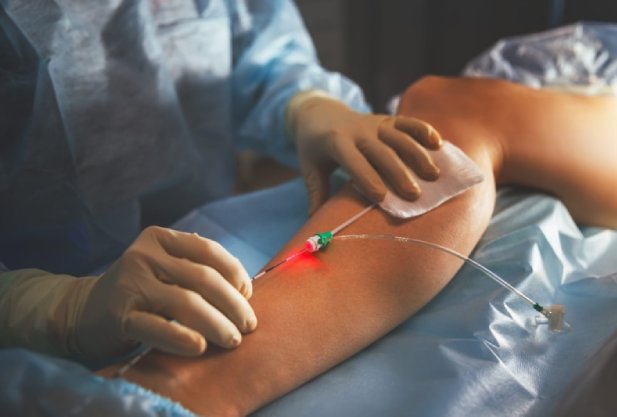
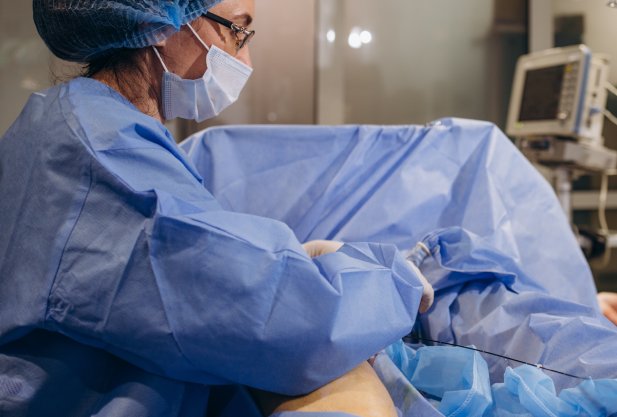
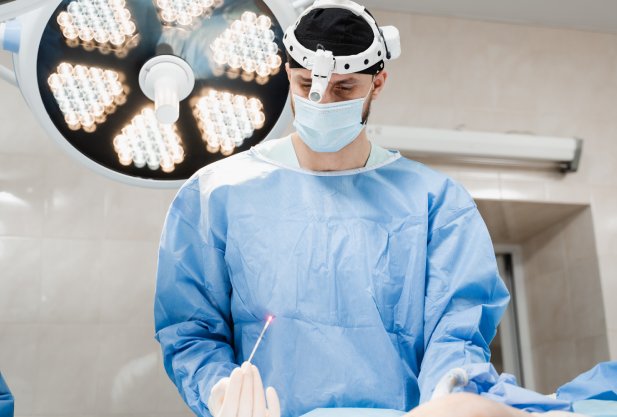
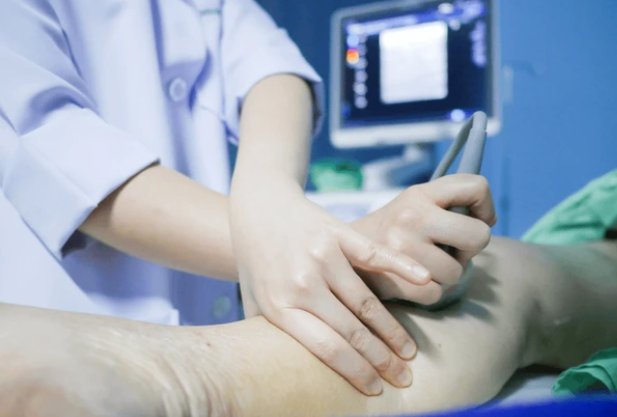
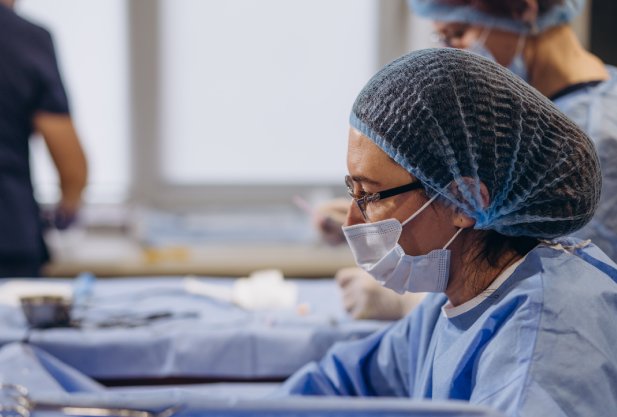




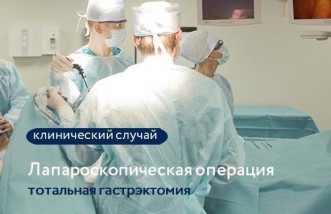
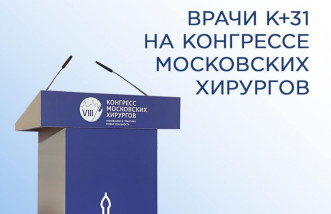
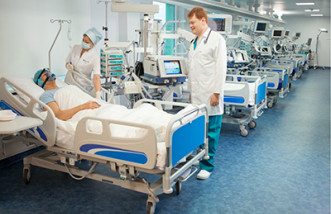


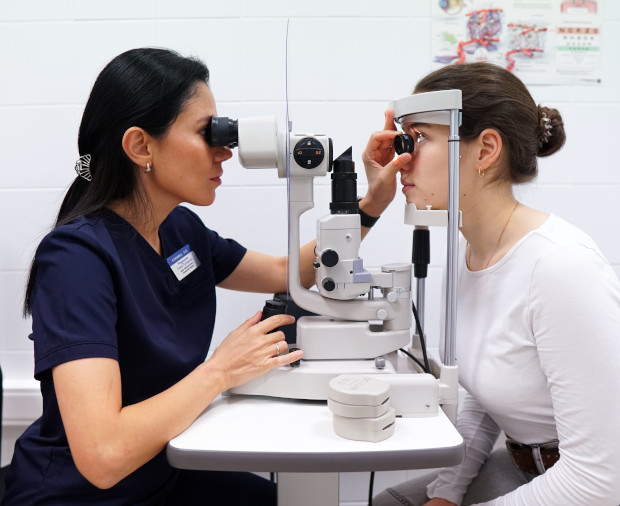

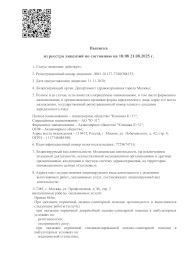
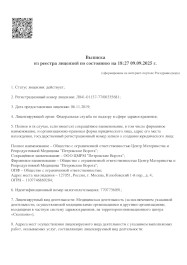
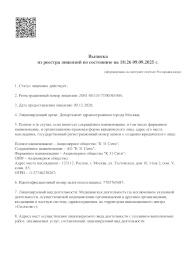
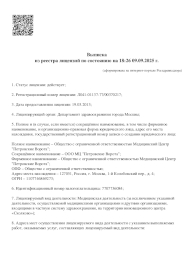
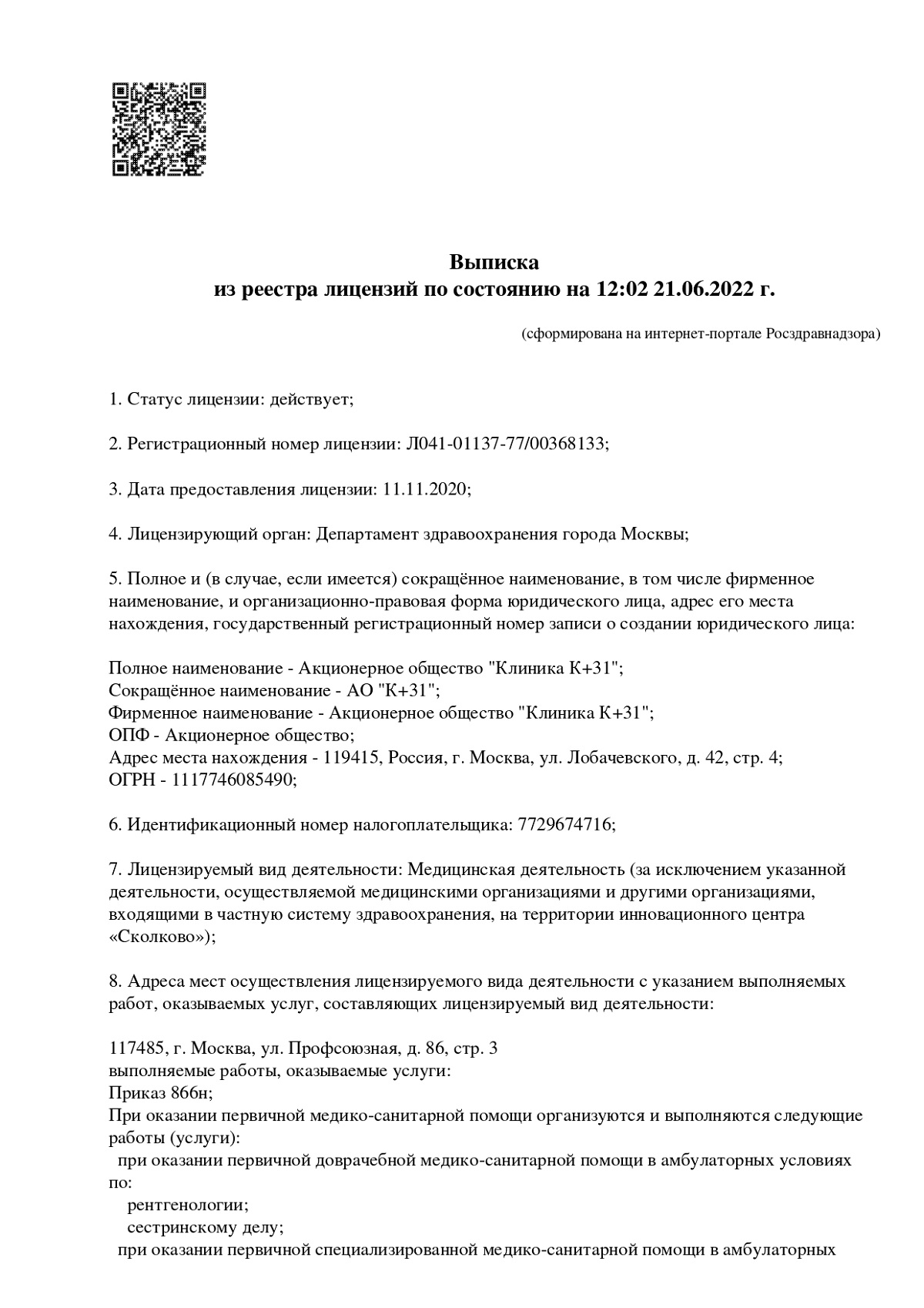
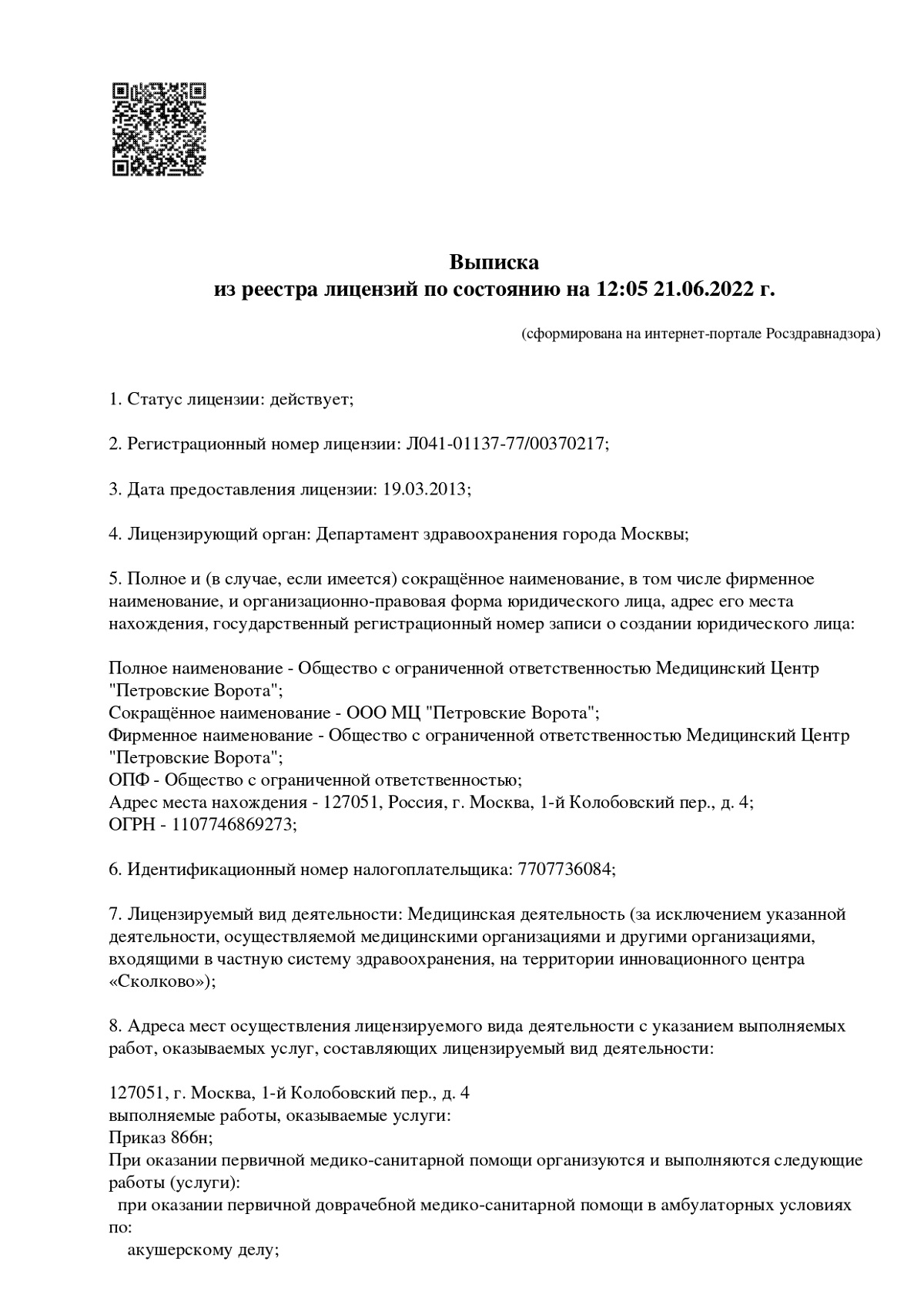
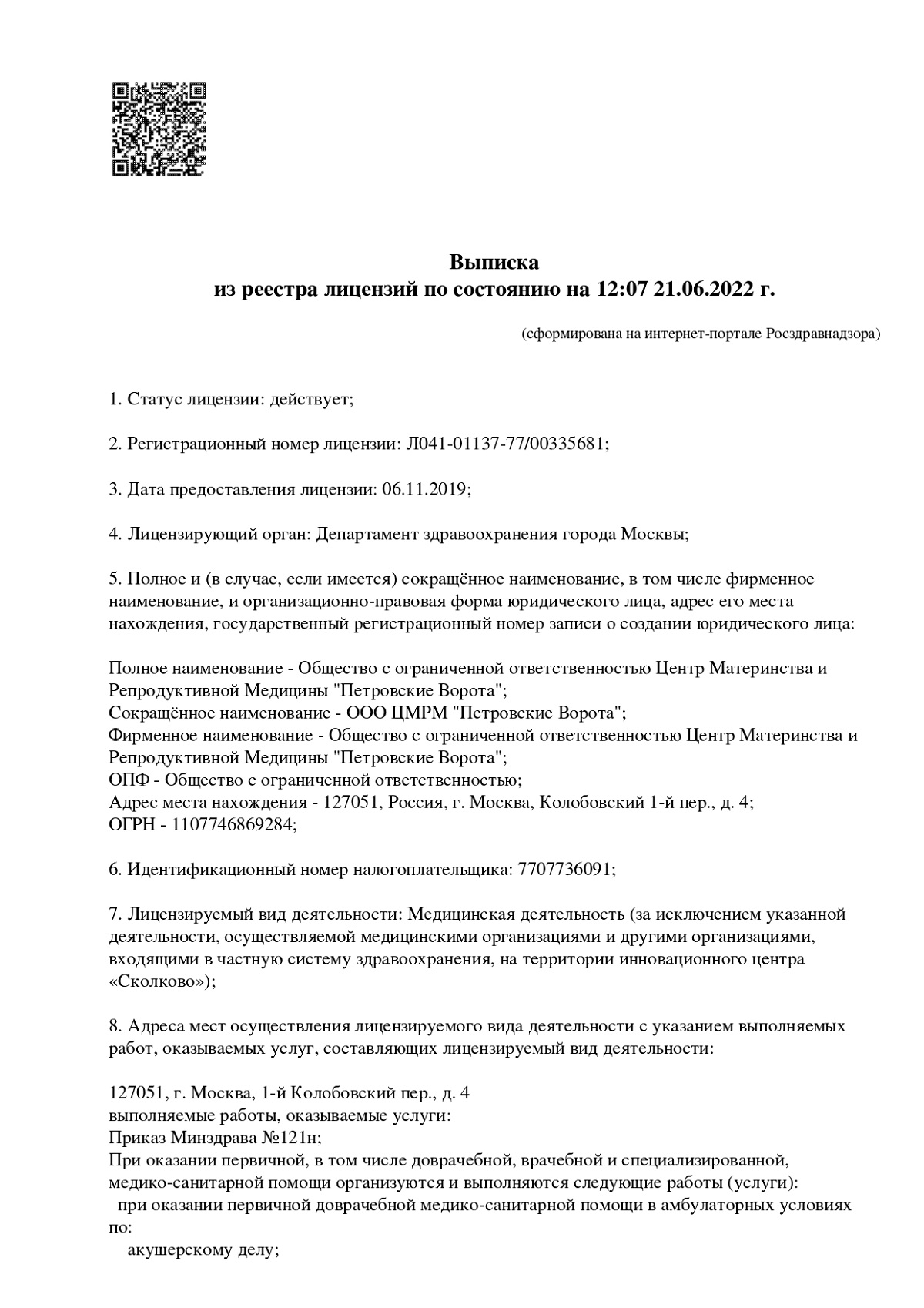
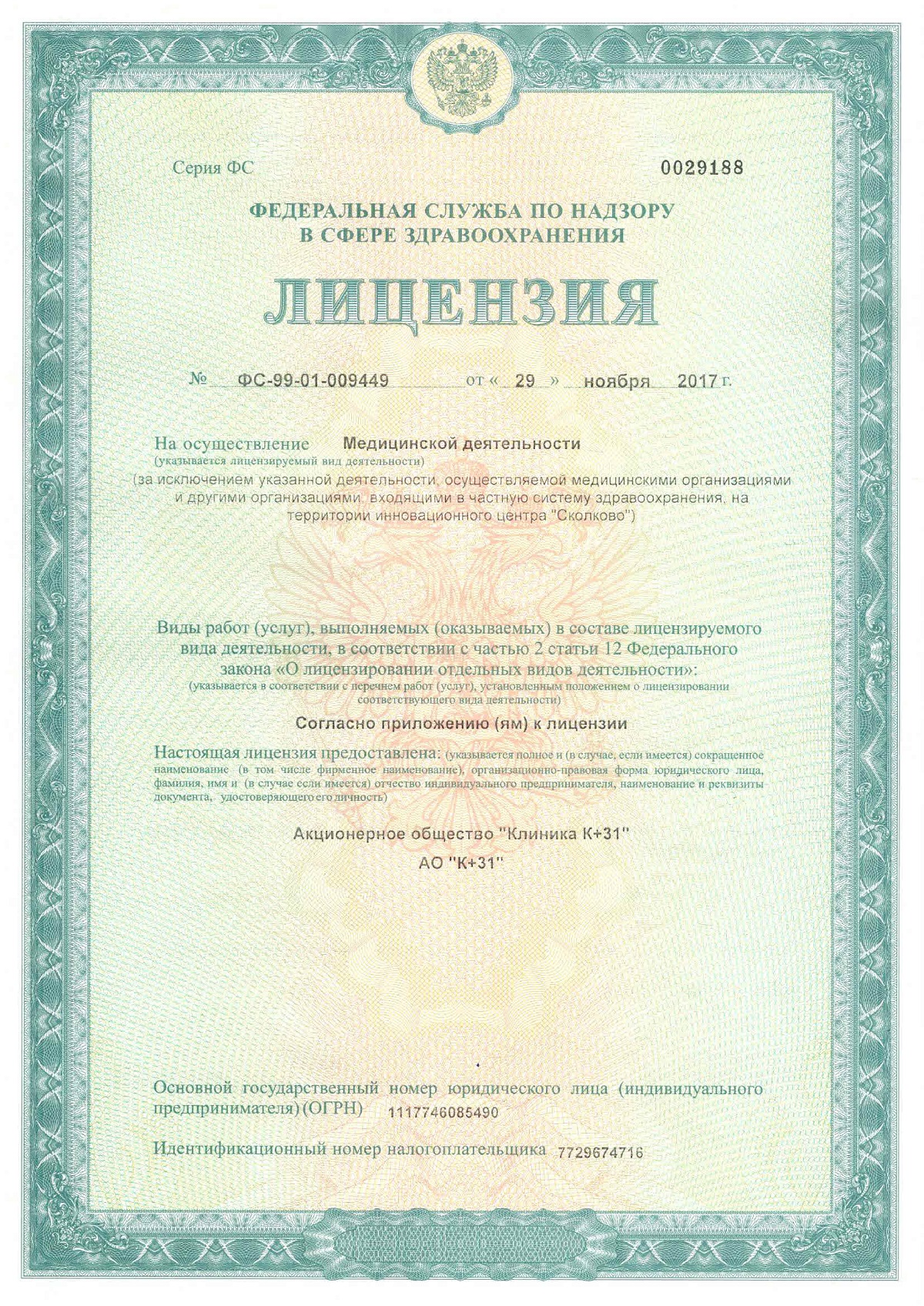
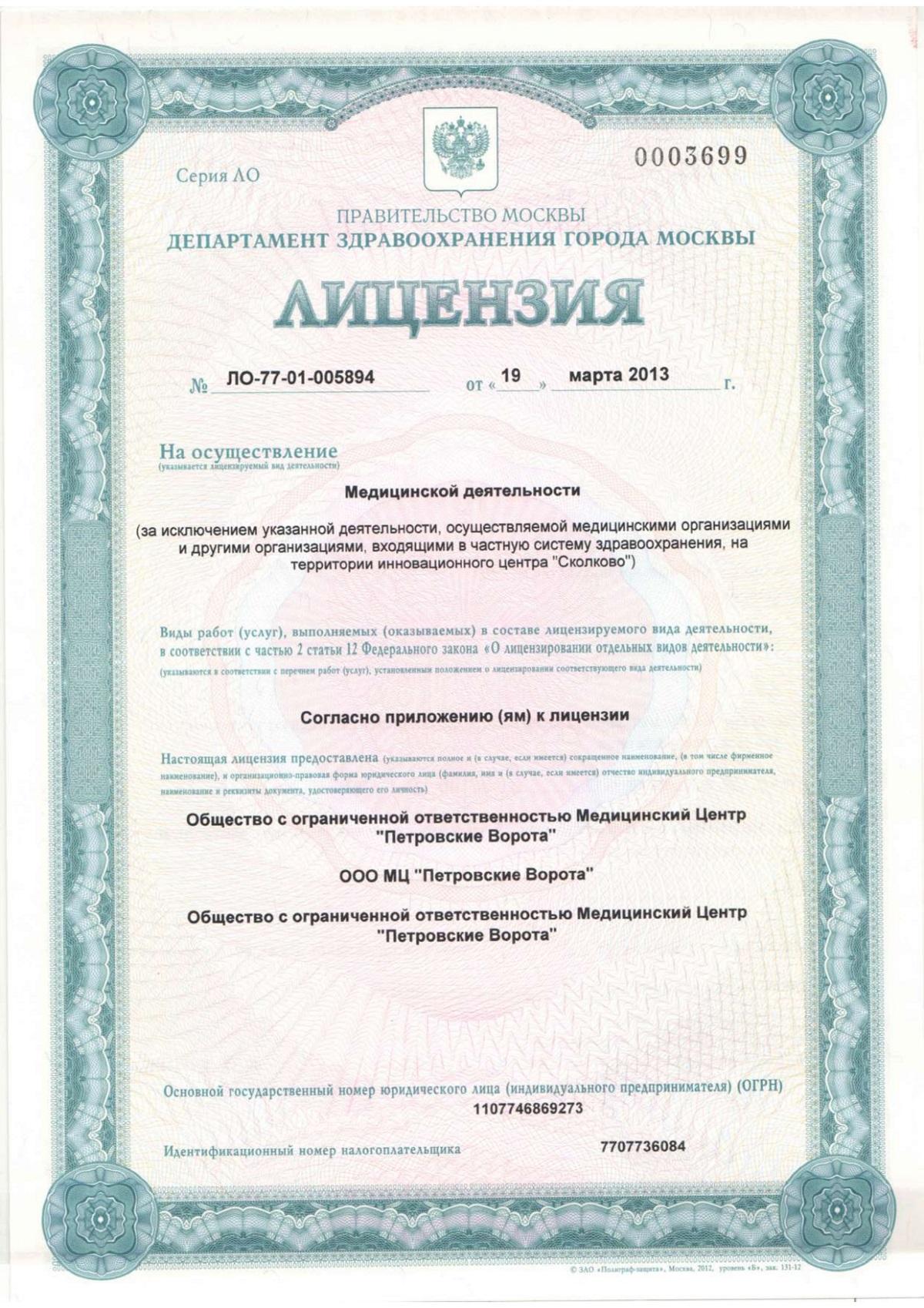
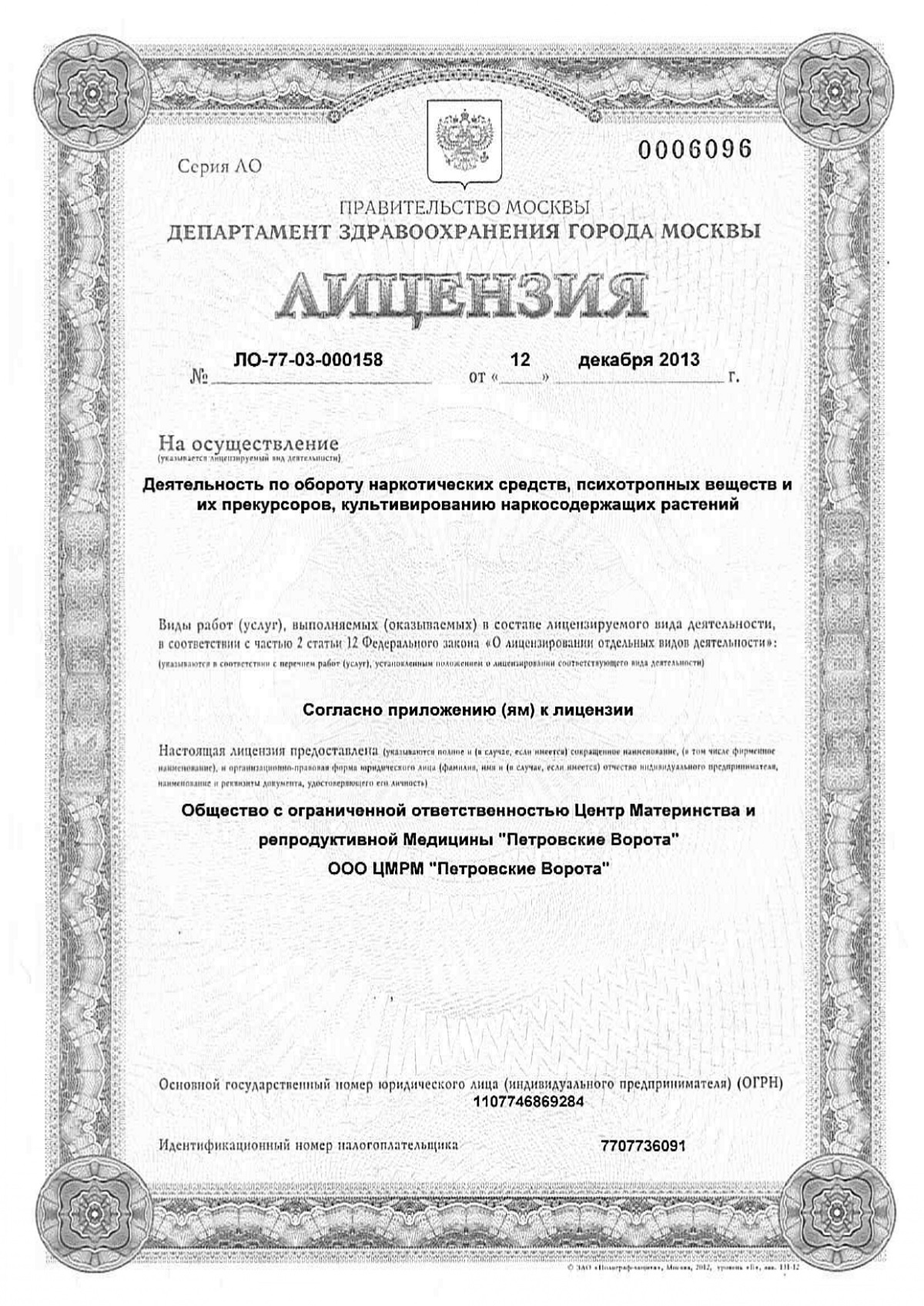
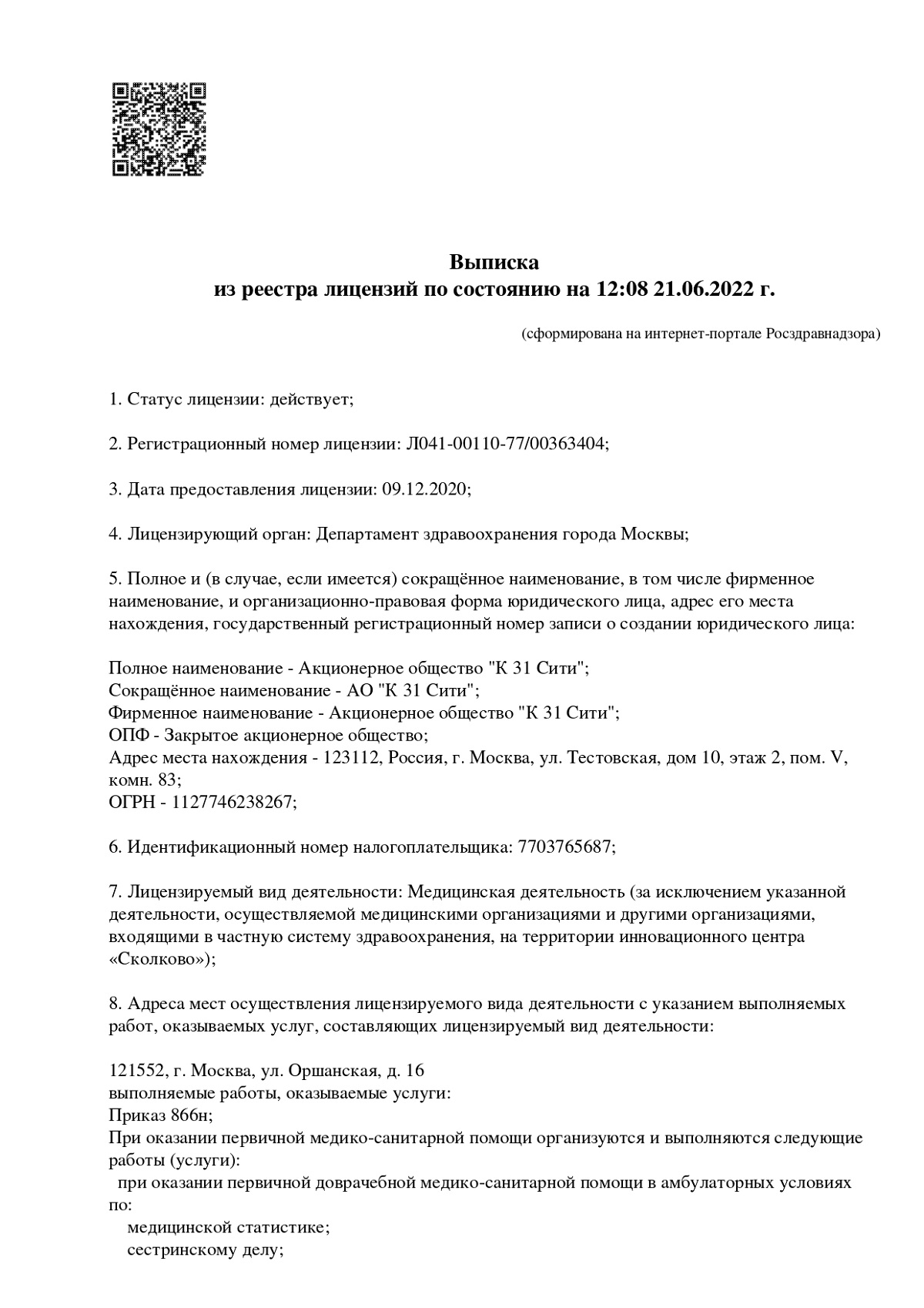
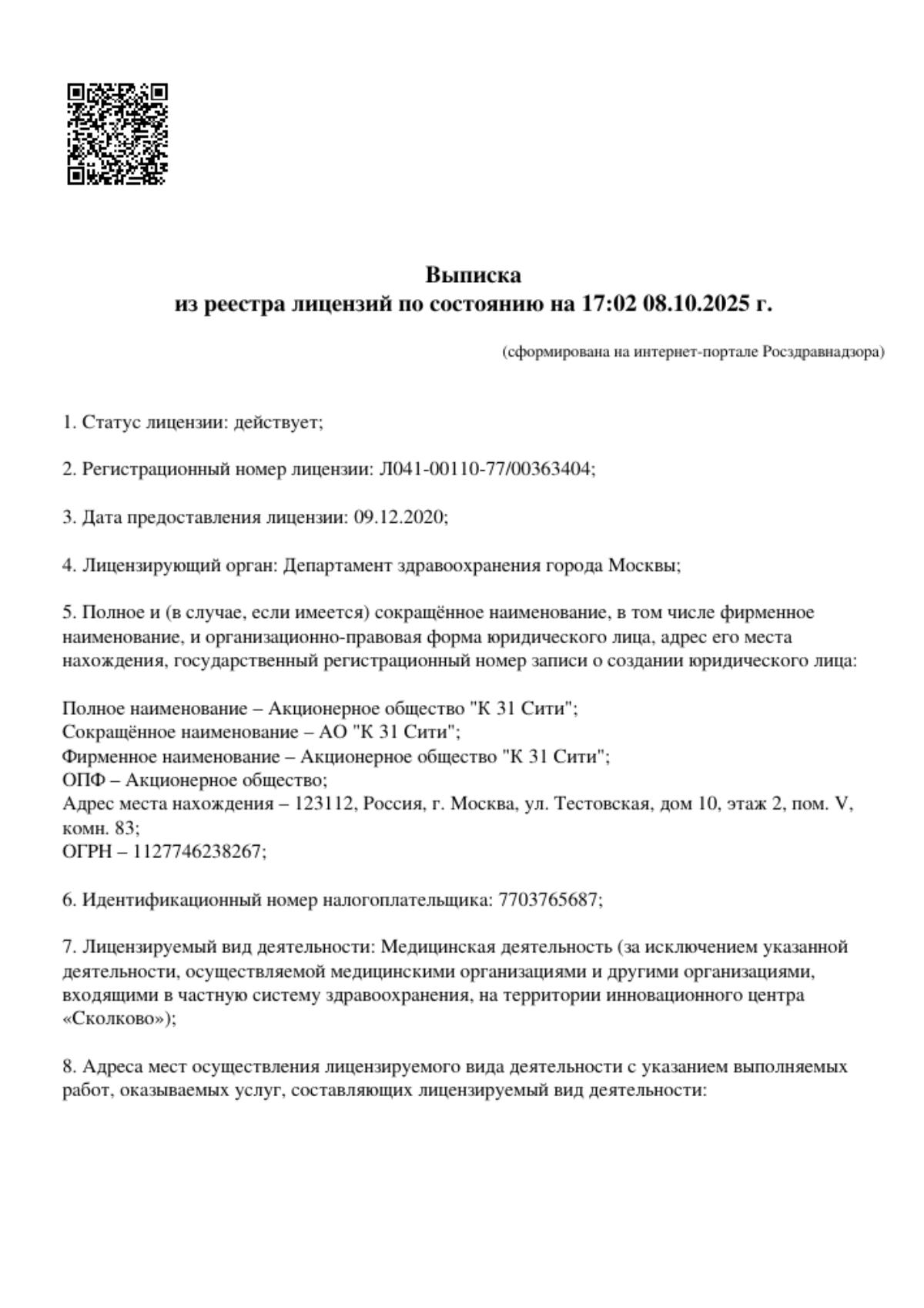
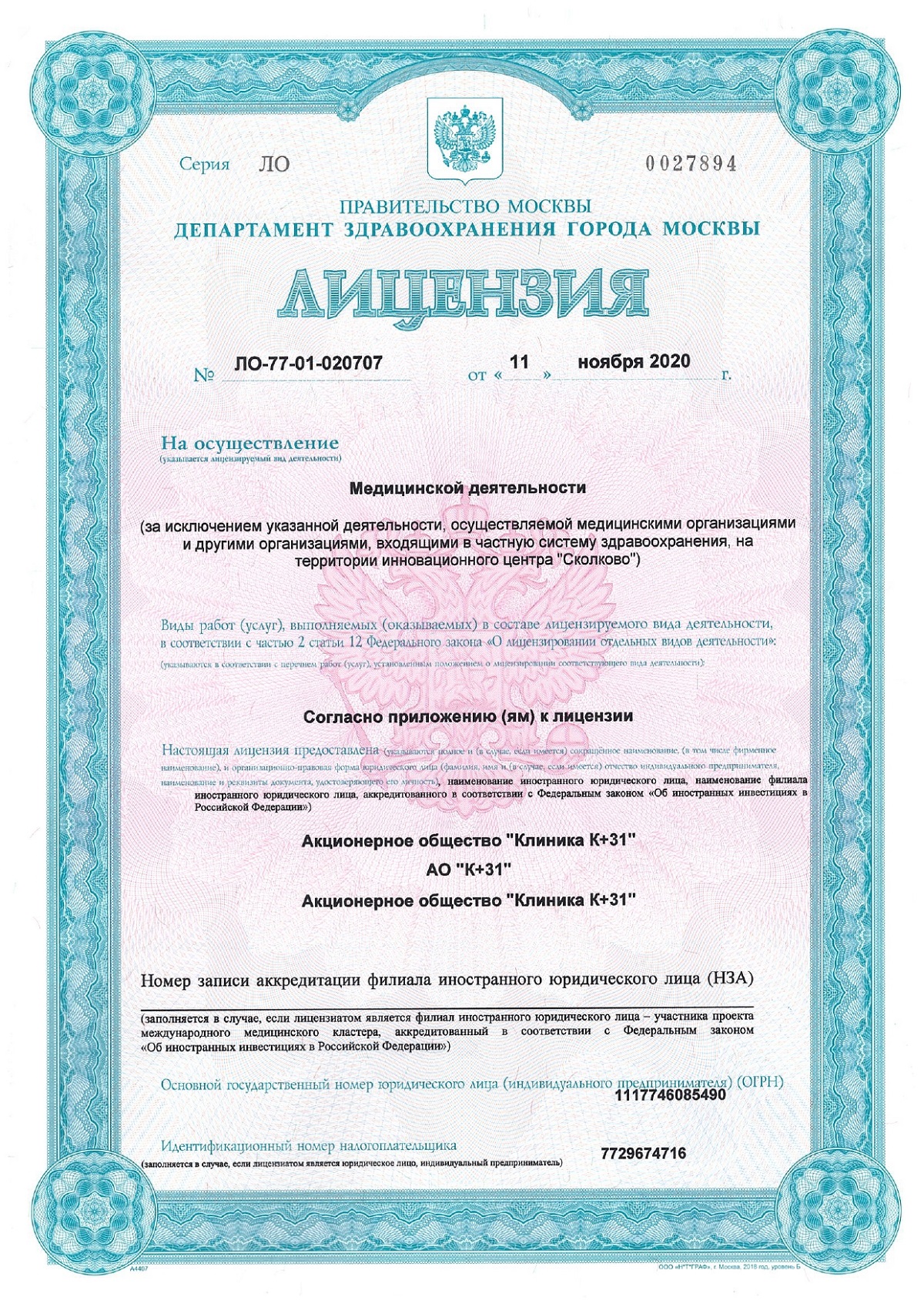
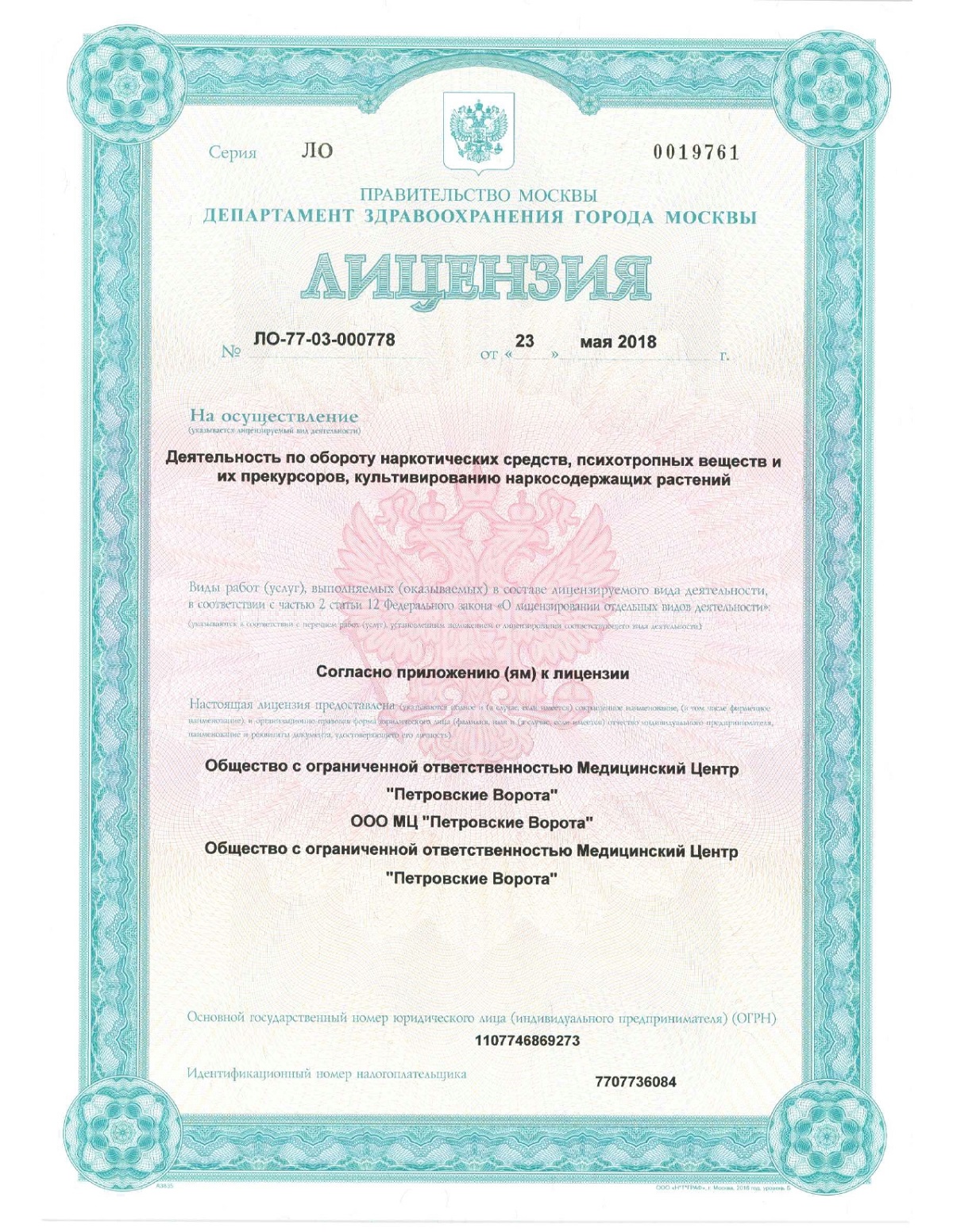
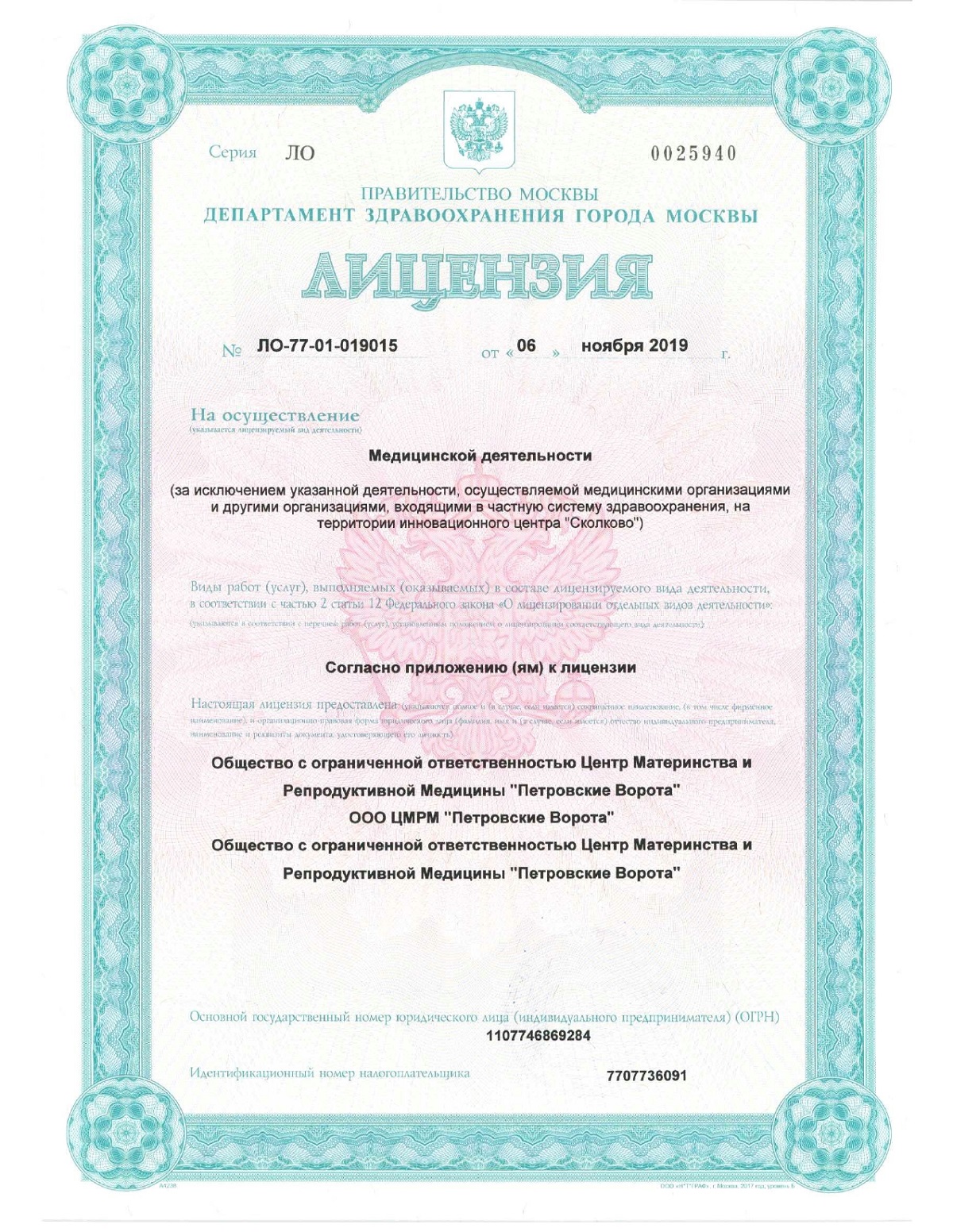
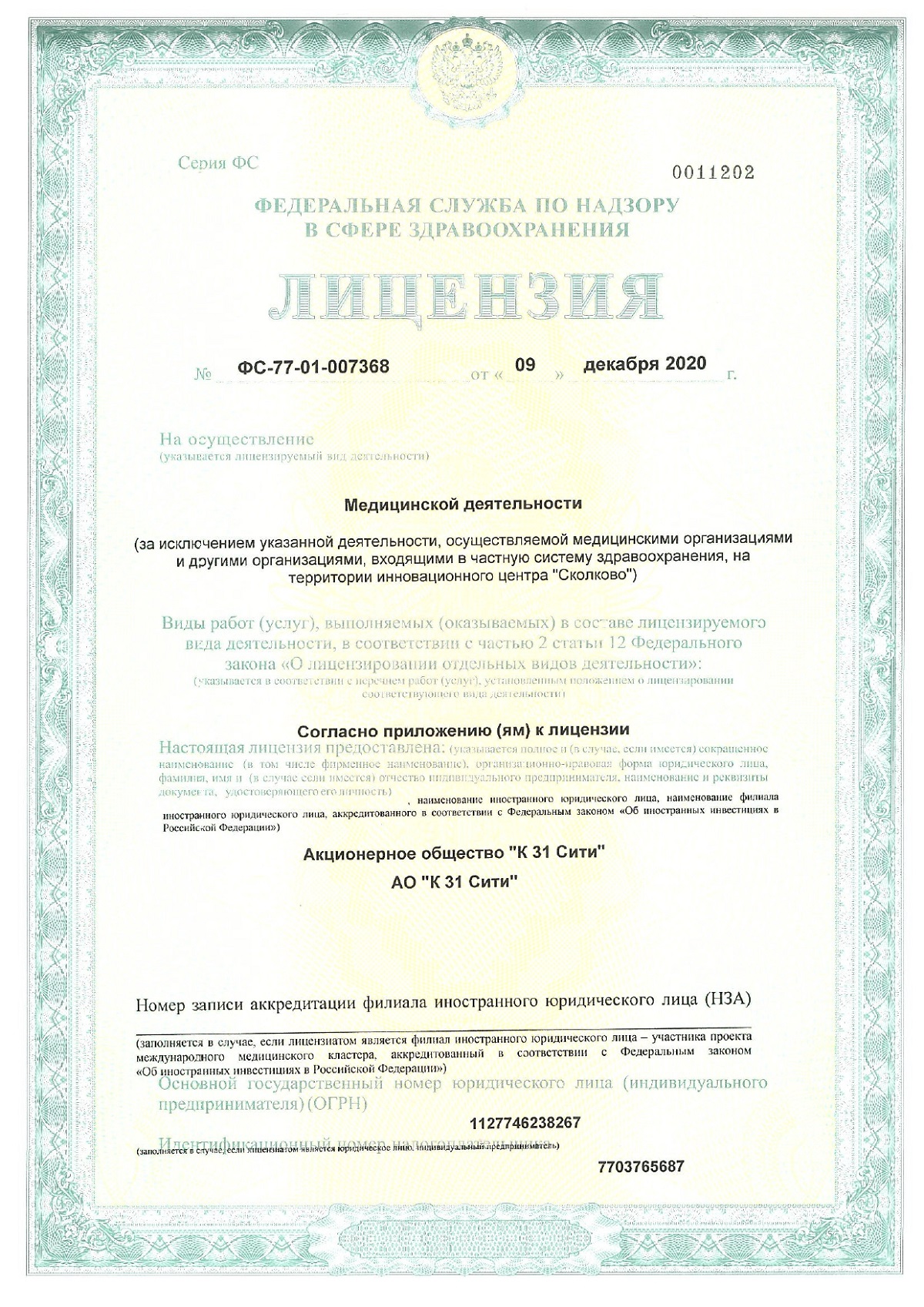



Indications for surgery for varicose veins
The doctor prescribes surgery to remove veins on the legs for varicose veins in cases where conservative treatment methods (wearing compression stockings, drug therapy) do not give the desired effect.
The following indications for intervention are distinguished:
Each case is considered individually. The decision about the need for intervention is made by an experienced phlebologist (a doctor specializing in vein diseases).